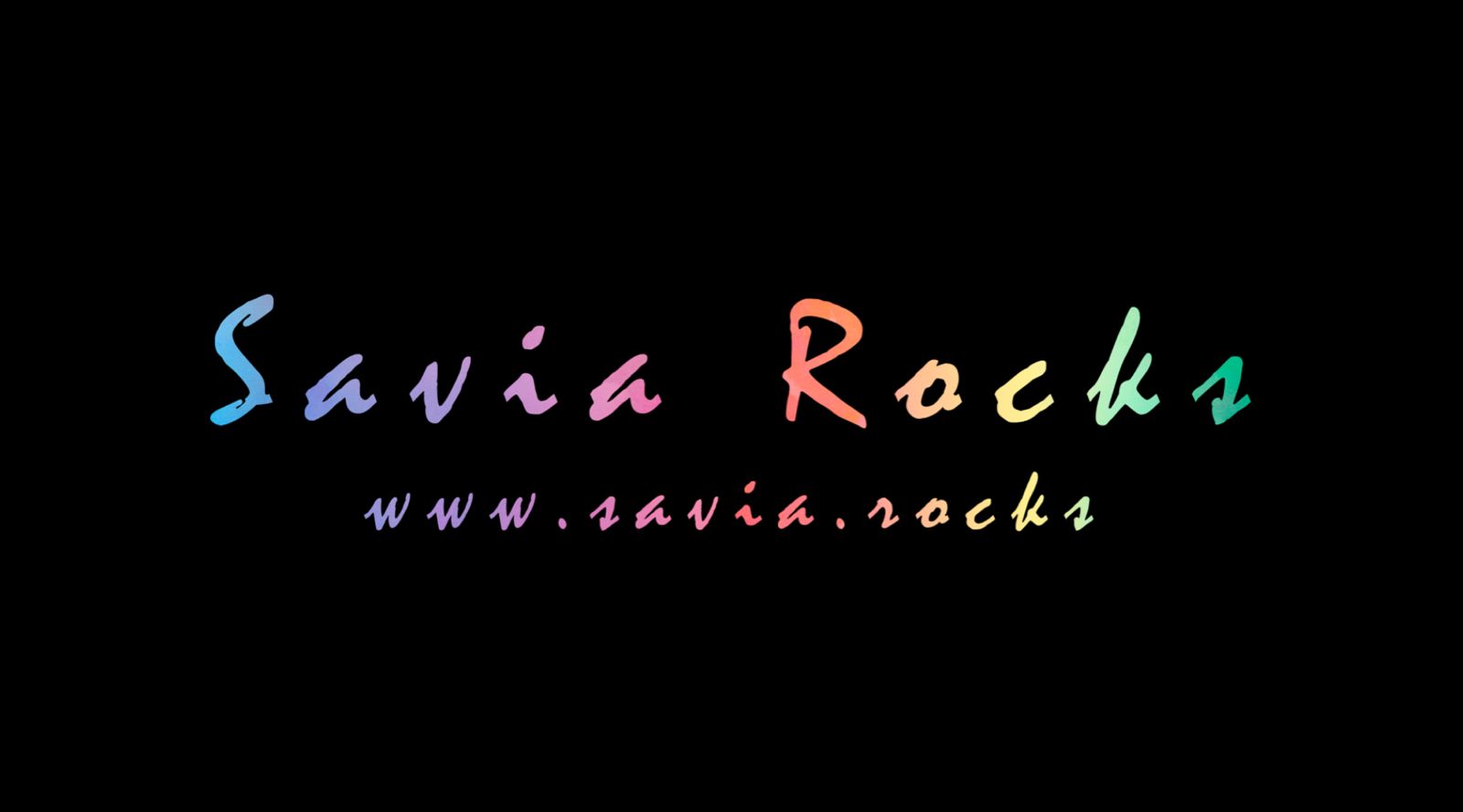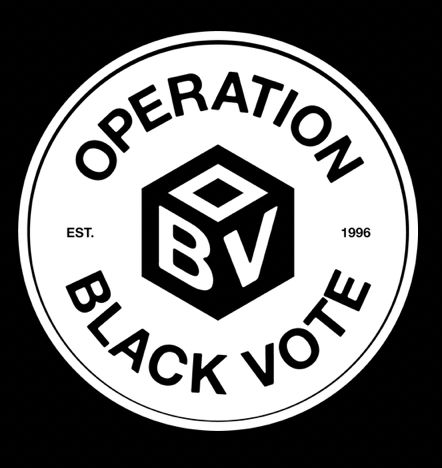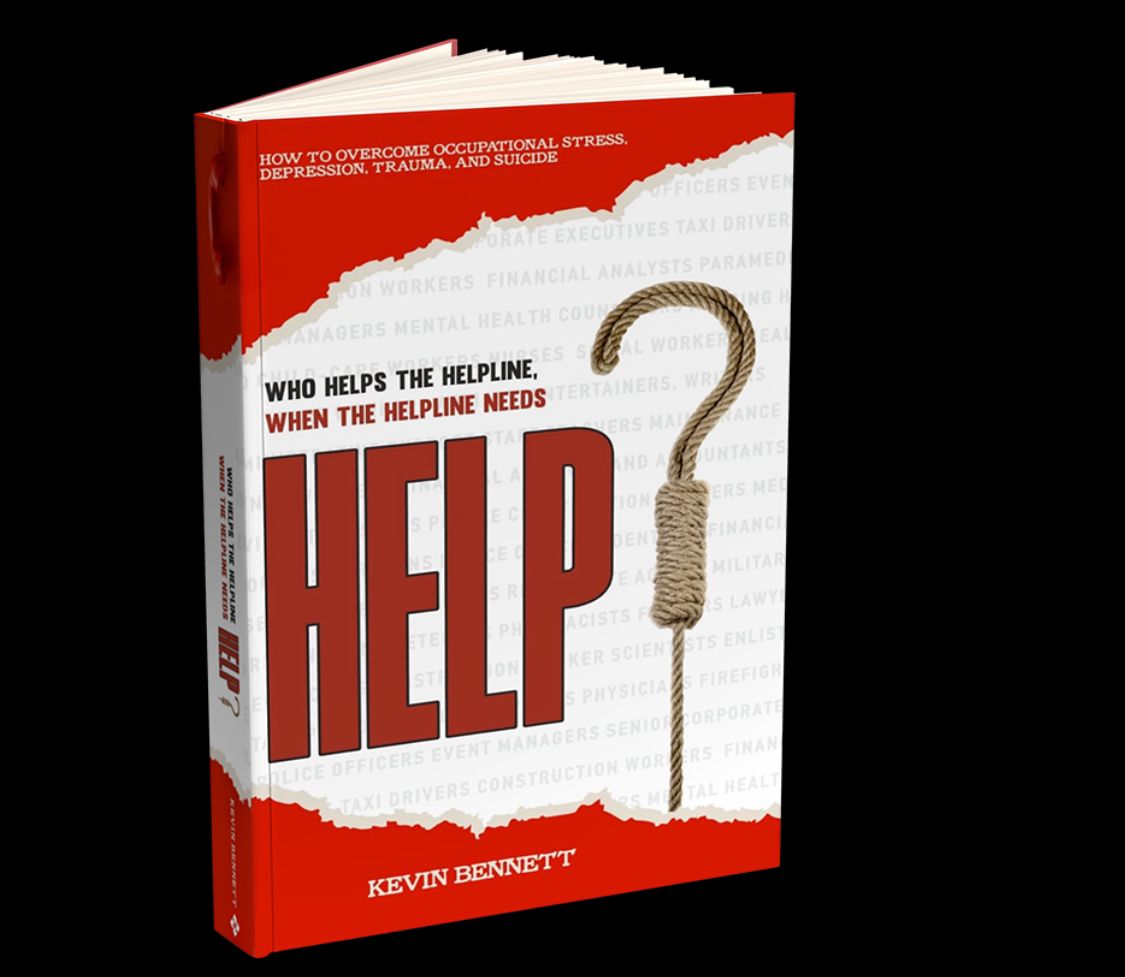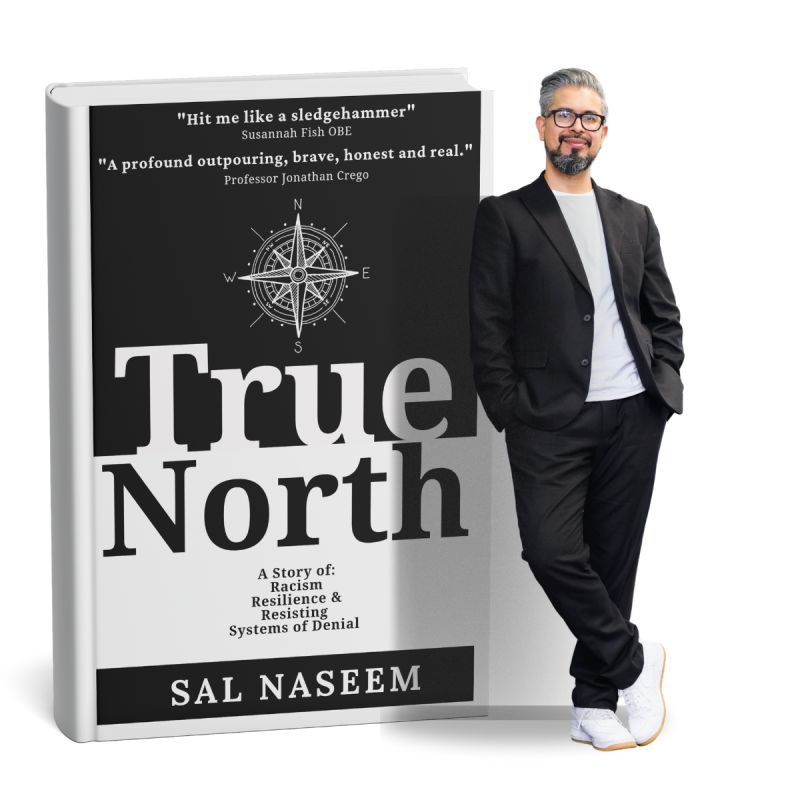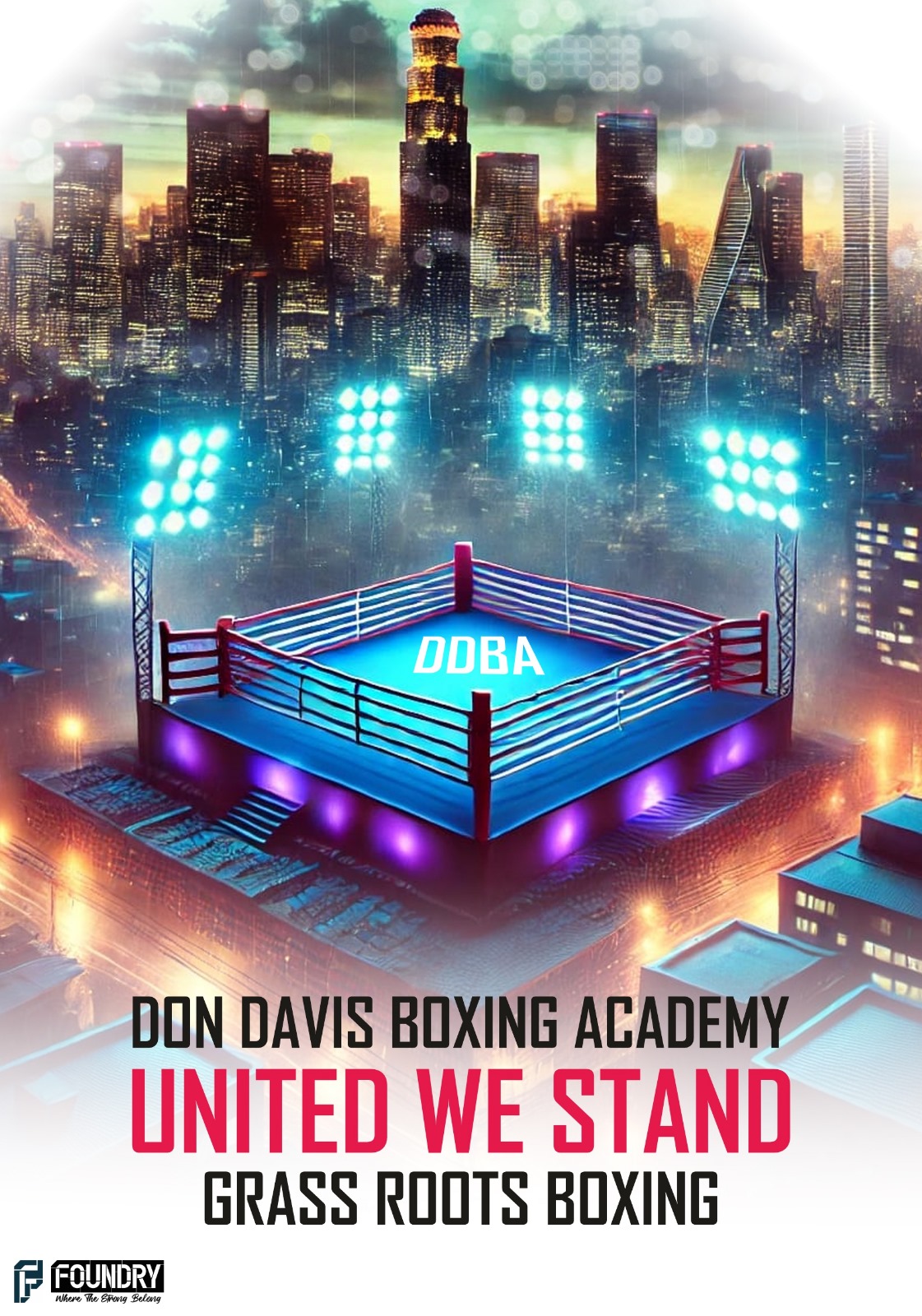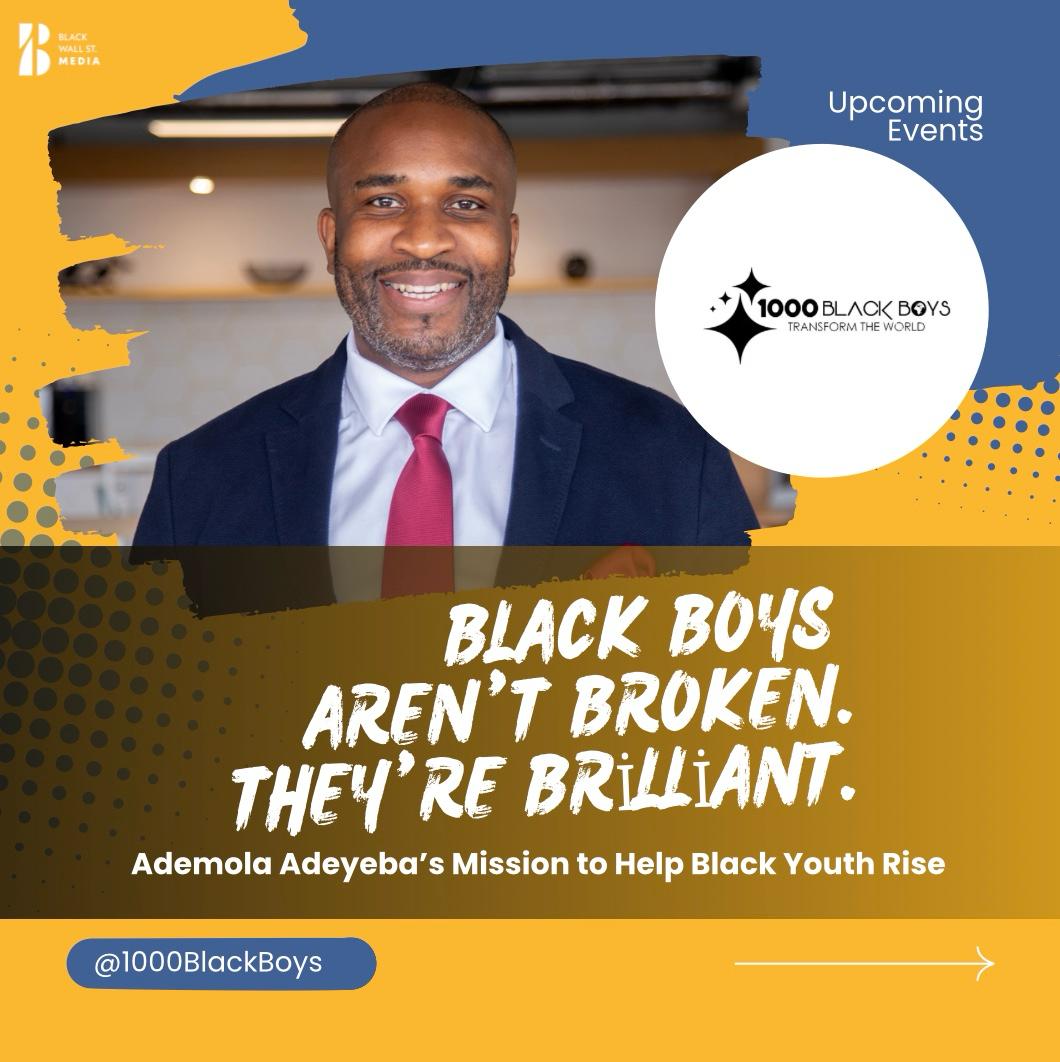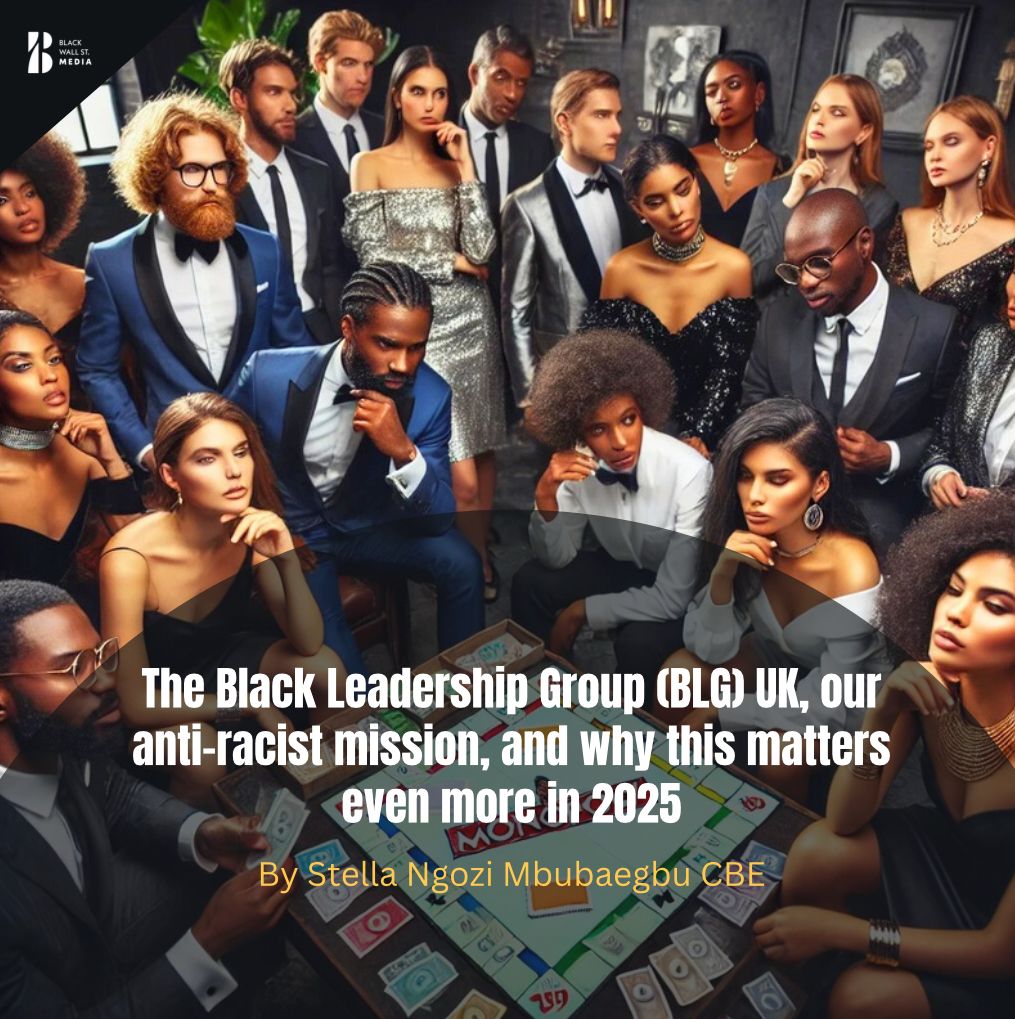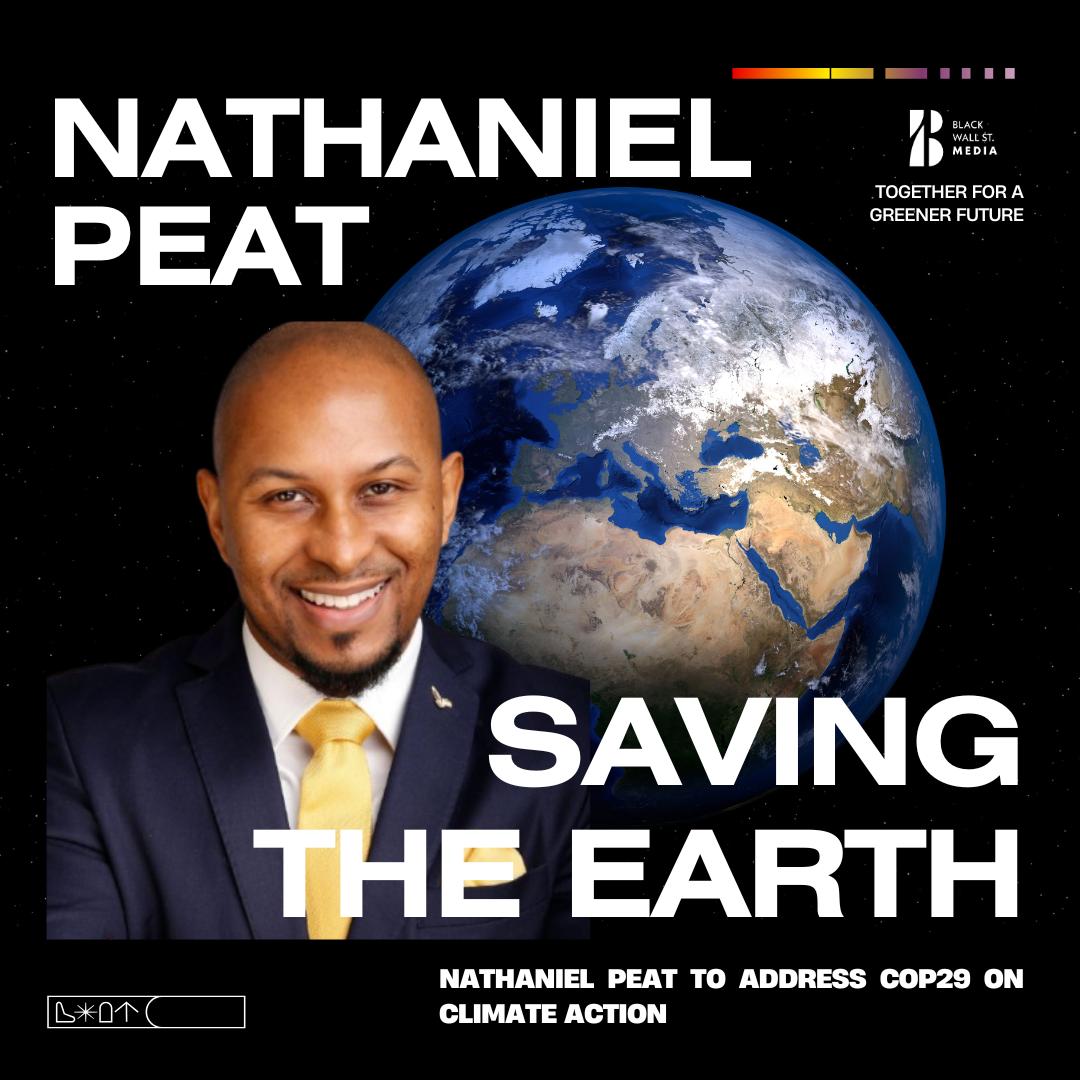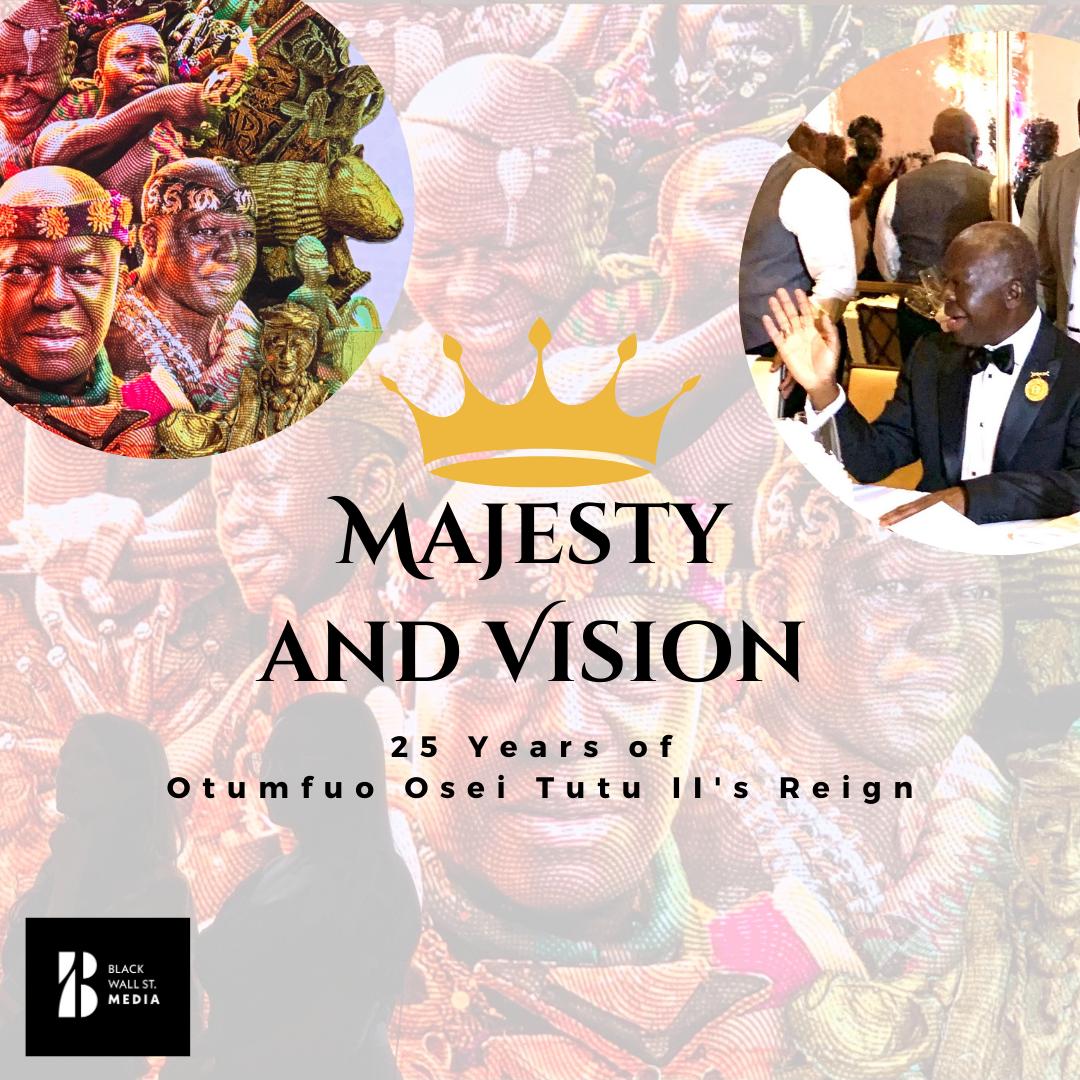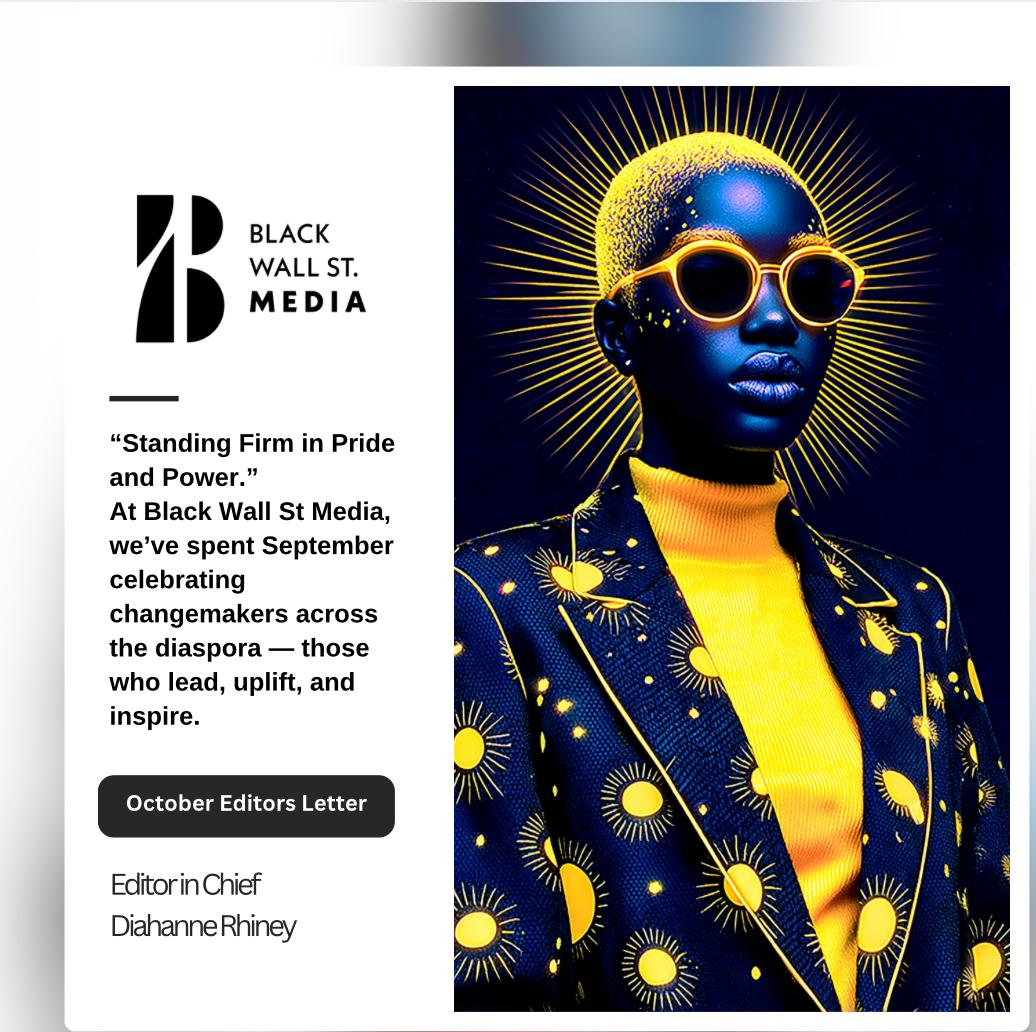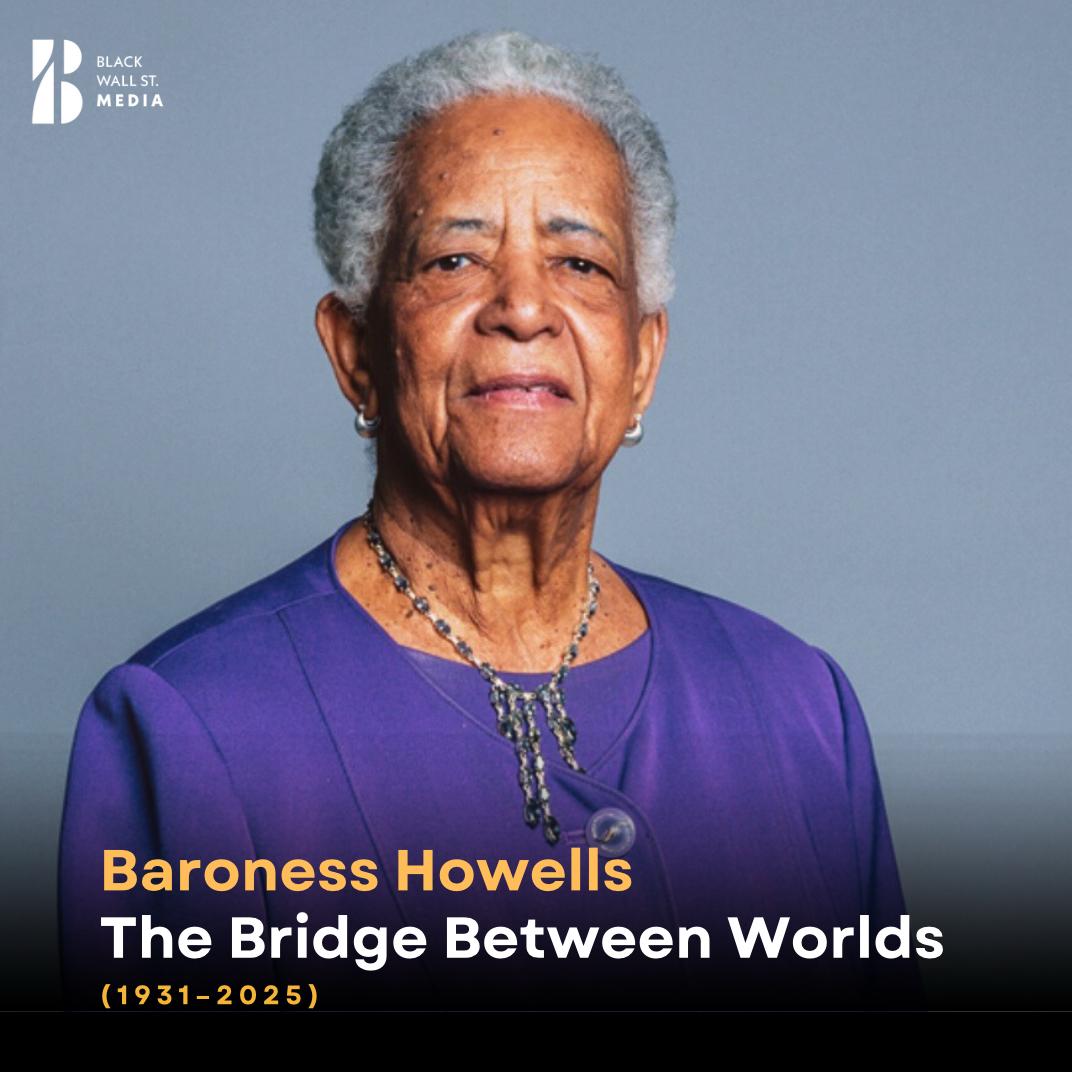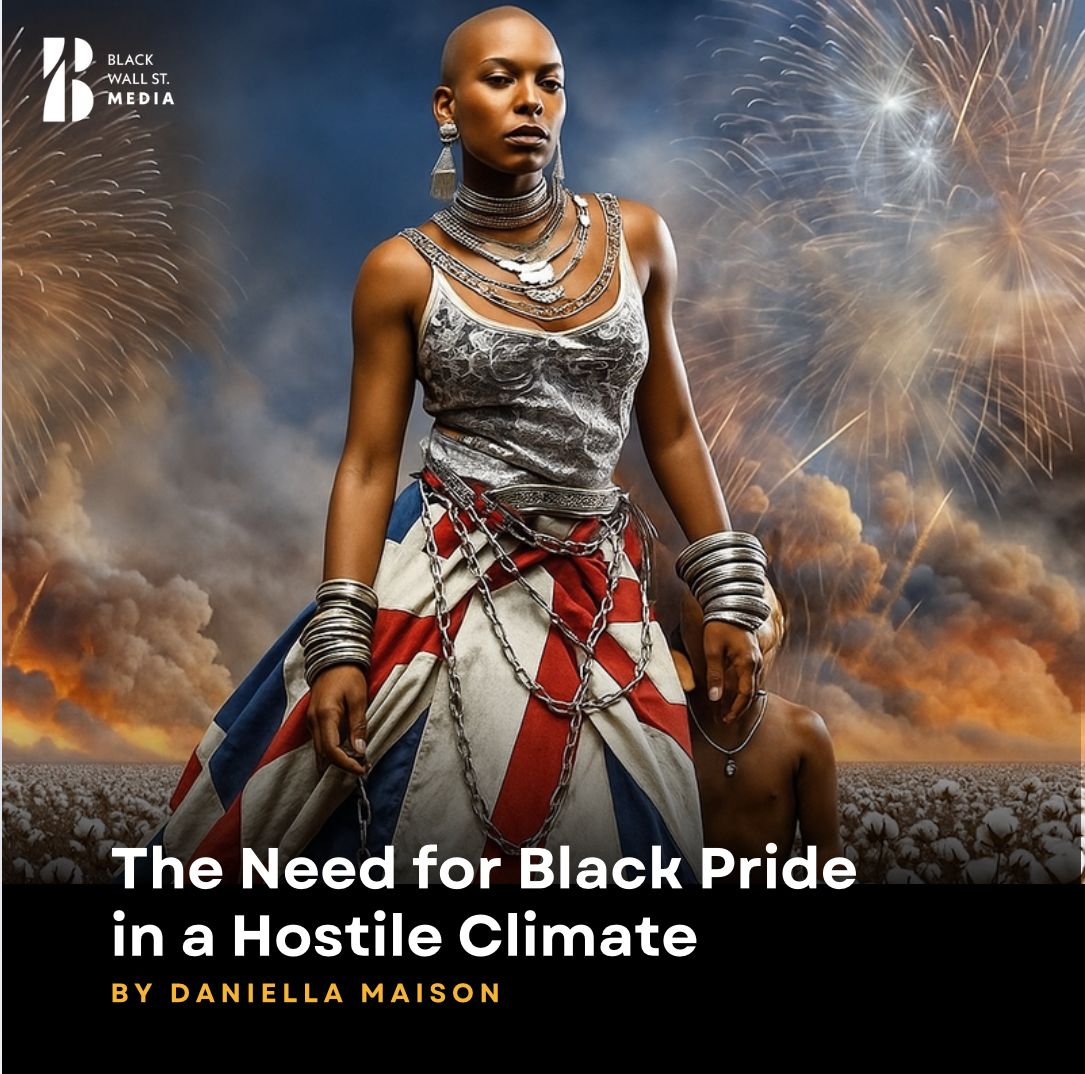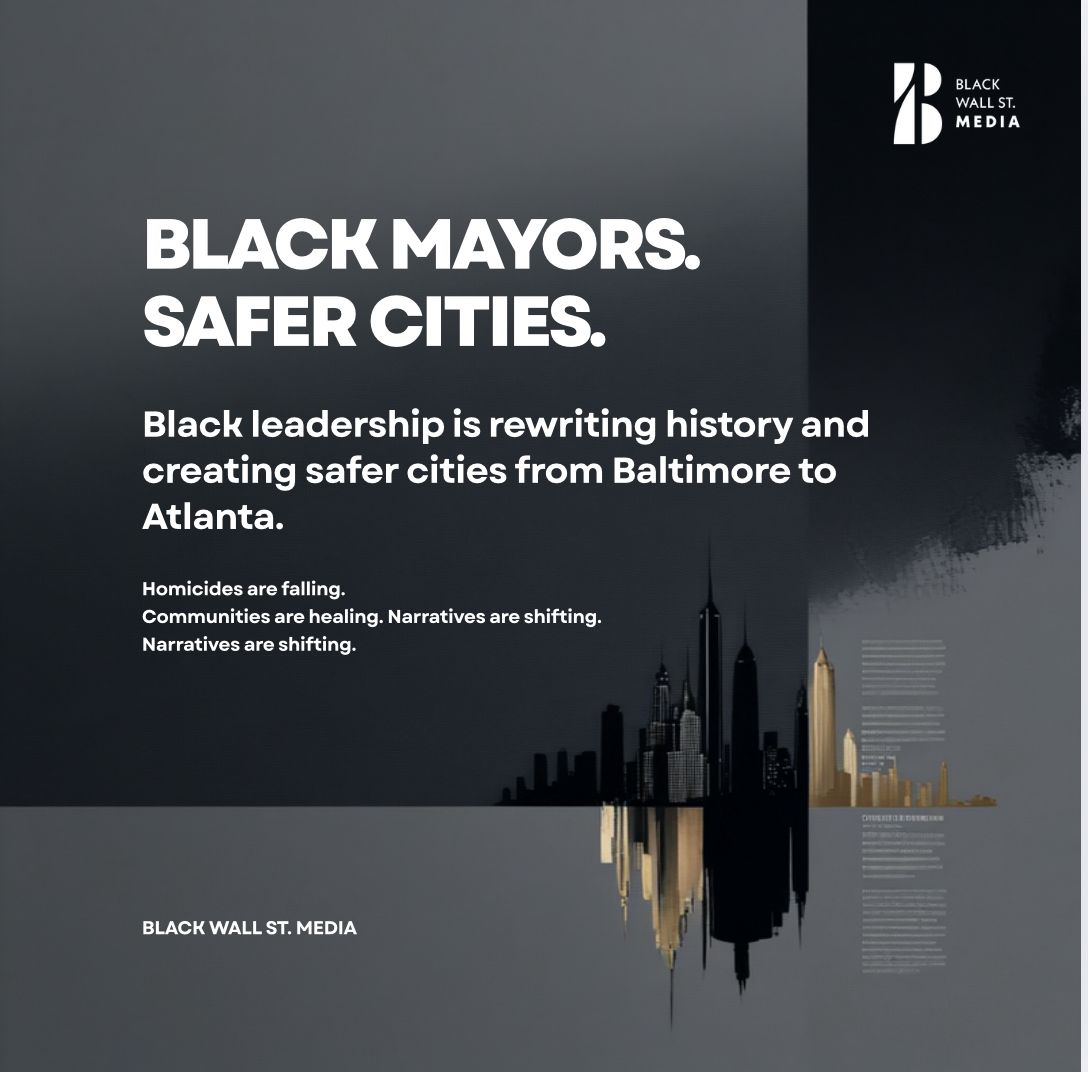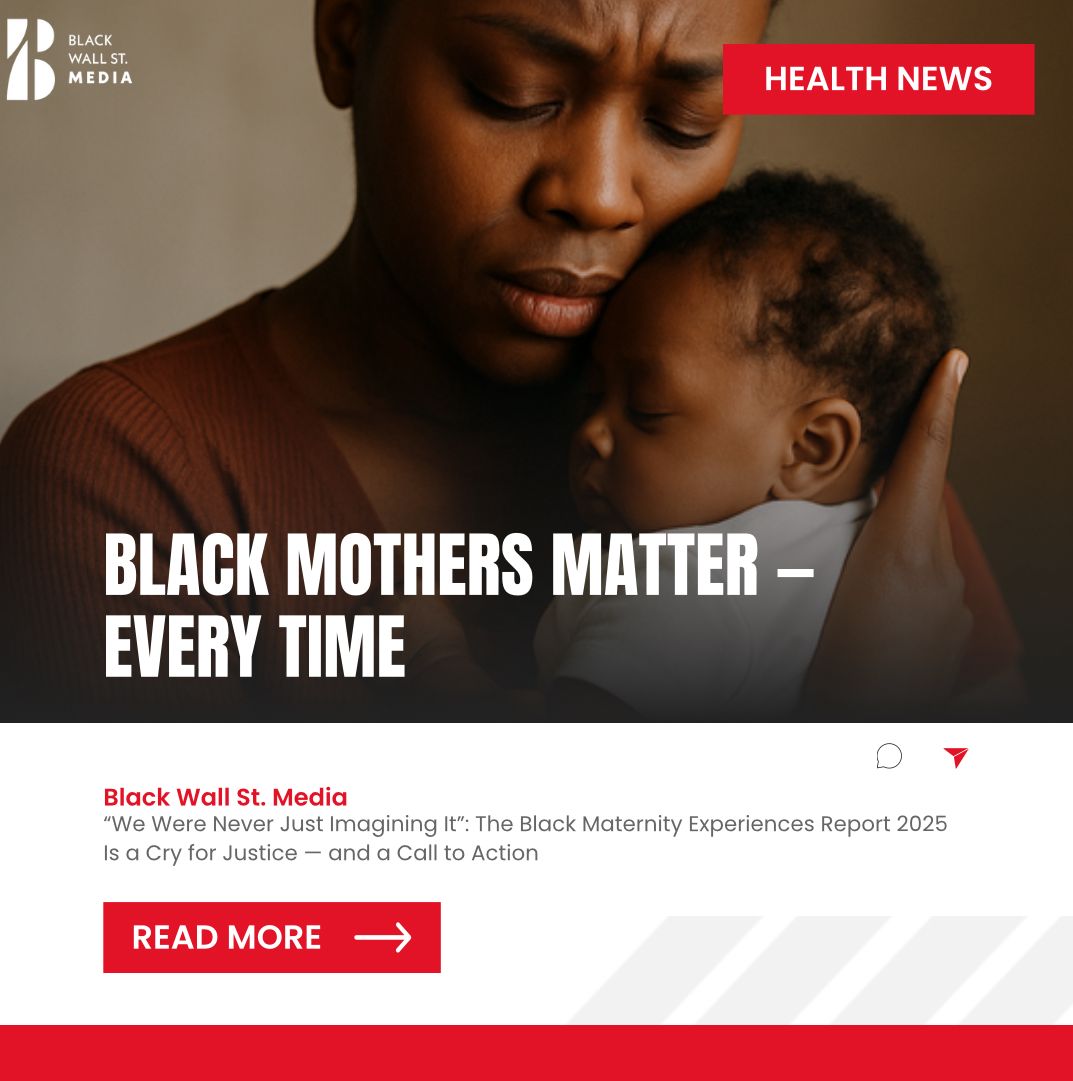Black British History / Social Justice / Civil Rights
The Brixton Uprising of 1981: Rebellion, Resistance, and a Call for Change
“Brixton 1981: More Than a Riot
What the headlines called chaos was, for many, a cry for justice. The Brixton Uprising wasn’t just about burning streets — it was about a community pushed to the edge, standing up against racism, oppression, and police brutality.Read the full story of rebellion, resilience, and a legacy that still echoes today.”
BWSMContributor
In April 1981, the streets of Brixton in South London exploded into a fiery display of frustration, anger, and resistance.
What the British media hastily labelled a “riot” was, for many in the Black British community, a long-overdue rebellion — a raw, impassioned reaction to decades of racial injustice, economic exclusion, and police aggression.
More than just a chaotic weekend of unrest, the Brixton Uprising marked a critical turning point in Black British history — a moment when silence turned to sound, oppression met defiance, and a new generation of activists began to rise from the ashes.
The Tensions Beneath the Surface
To understand Brixton 1981, you must understand Britain in the early 1980s. The country was in the grip of economic recession. Unemployment was soaring, especially in inner-city areas, and youth disillusionment was spreading like wildfire.
For Black communities, particularly in neighbourhoods like Brixton — home to a large Caribbean population — the struggles ran even deeper.
Institutional racism, limited housing opportunities, poor educational access, and few job prospects formed the backdrop of daily life. But what fuelled the most resentment was the persistent harassment and criminalisation of Black youth by the police.
At the heart of this was the Sus Law, a controversial stop-and-search policy that empowered police to detain individuals based purely on suspicion. In practice, it translated into a form of legalised racial profiling.
Young Black men were stopped, searched, and arrested with alarming regularity. Many felt under siege in their own neighbourhoods, criminalised for their skin colour.
The relationship between the Metropolitan Police and the Black community was not just tense — it was openly hostile.
The Spark That Lit the Fire
On Friday, April 10, 1981, an incident unfolded that would ignite this powder keg. A young Black man, allegedly stabbed, was being aided by police — but rumours quickly spread that he had been mistreated.
Crowds gathered, and frustration surged. Though the confrontation ended that night, the pressure was building.
The following evening, a different police action involving an arrest pushed the community over the edge. Hundreds of mostly young Black men took to the streets.
What followed was three days of intense unrest. Police vans were attacked, cars were set alight, shop windows shattered. The Metropolitan Police were forced into running battles with protestors.
By the end of the weekend, over 300 people were injured and more than 100 vehicles and buildings damaged. The cost of the destruction exceeded £7.5 million.
But what mainstream media branded “mindless violence,” many within the community recognised as something else entirely: a rebellion.
More Than a Riot — A Rebellion
Among those on the streets that weekend was Alex Wheatle, then an 18-year-old foster care leaver, writer-in-the-making, and angry young Black man. He would later go on to describe the uprising as deeply personal:
“I had brushes with the police and suffered racist intimidation. All those bad feelings and experiences I had came out on that weekend.”
Arrested and imprisoned, Wheatle used his time in jail to begin reading and writing — a turning point that would eventually see him become an acclaimed author and youth advocate.
His story reflects the dual reality of the uprising: it was both a trauma and a catalyst, both destruction and transformation.
Aftermath and the Scarman Report
In the wake of the Brixton Uprising, the British government commissioned an inquiry led by Lord Scarman. His report, released later that year, acknowledged the existence of racial disadvantage and recognised that deep tensions existed between police and Black communities.
However, in a move that still stings decades later, the Scarman Report stopped short of acknowledging institutional racism within the police. Instead, it treated racial bias as the actions of a few rogue officers, not a systemic issue. The limitations of this framing would be felt for years to come.
Still, the report brought race and policing into the national spotlight. It created space for new voices to enter the conversation and pushed political and community leaders to begin reckoning with the reality of Black British life.
Legacy and Relevance Today
Brixton was not an isolated event. In the months that followed, uprisings erupted in Toxteth, Handsworth, and Tottenham — all with similar roots: poverty, exclusion, and racialised policing.
The 1981 uprising became a defining moment — not just of anger, but of awareness. It exposed the deep fault lines in British society and forced uncomfortable conversations onto the national stage. But it also sparked a new generation of activism and cultural pride within Black communities.
Still, over 40 years on, many of the same issues remain painfully relevant.
What Has Changed Since the Brixton Uprising?
1. Acknowledgment of Racism — and Institutional Admissions
Following the Brixton Uprising, the Scarman Report opened the door for public acknowledgment of racial disadvantage — albeit in cautious terms.
Nearly two decades later, the Macpherson Report (1999), commissioned after the racist murder of Stephen Lawrence, went further — declaring that the Metropolitan Police were “institutionally racist.”
This was a watershed moment. For the first time, the language that Black communities had been using for decades was echoed by the state.
Reforms followed:
Community policing strategies
Cultural awareness training
Diversity recruitment initiatives
But many argue that these changes were surface-level, more about optics than outcomes.
2. Shifts in Representation and Voice
There’s been a marked increase in Black representation across sectors: media, politics, education, and activism.
Authors like Alex Wheatle, campaigners like Patrick Vernon, and grassroots movements like UK Black Pride, Blaksox, and Black Minds Matter have amplified Black British voices.
However, representation without power is not equity. Many Black professionals still find themselves marginalised in leadership spaces — heard but not heeded.
3. Policing Today: Still Echoes of 1981
Despite reforms, Black people are still disproportionately stopped and searched under laws like Section 60.
High-profile incidents — like the strip-search of Child Q, or the 2023 Met Police’s own admission that it remains institutionally racist, misogynistic, and homophobic — suggest that deep-rooted cultural issues within policing persist.
Deaths in police custody involving Black people remain a national stain, often unresolved and rarely resulting in accountability.
4. Mental Health, Education & Economic Inequality
The structural conditions that led to 1981 are far from resolved:
Black men are more likely to be diagnosed with severe mental health conditions, yet less likely to receive timely, culturally competent care.
School exclusions disproportionately impact Black boys, with long-term consequences for education and employment.
Unemployment and underemployment continue to affect Black communities at higher rates than the national average.
Yes, the conversation around race and mental health has evolved — but access to support has not kept pace with need.
A Call for Healing, Justice, and Systemic Change
The Brixton Uprising was not just a violent outburst — it was a mirror. It reflected the consequences of institutional neglect, the price of broken trust, and the resilience of a community pushed to the edge.
More importantly, it was a warning: when people are unheard, they will find a way to speak.
Today, as new movements rise and old patterns repeat, the legacy of 1981 remains clear. Real change cannot come from token gestures or reactive reforms. It must be systemic, structural, and sustained — rooted in truth-telling, community-led healing, and a redistribution of power.
Brixton was a rebellion. But it was also a beginning.
Final Thought
Forty years on, the smoke may have cleared, but the struggle continues. As new generations face old battles in modern forms, the spirit of Brixton lives on — not just in memory, but in movement.
Let us remember not just what burned, but what was born.

Brixton, 1981
By the firelight of history
In streets where silence once held sway,
A spark ignited on that day.
Not random rage, but righteous cry—
A voice too long ignored, denied.
Boots marched through Brixton’s weary veins,
Where poverty wore pride like chains.
Young men, skin kissed by island sun,
Were marked as threats, though harmed by none.
The Sus law lingered like a ghost,
Its power wielded by the most.
Suspicion draped in uniform,
Turned daily life into a storm.
But on that April’s fractured night,
The spark became a flame of fight.
Shattered glass and burning light—
The sound of “enough” taking flight.
It wasn’t madness, wasn’t wild,
But fury carried by the child
Of empire’s promise left to rot,
Of dreams deferred and justice bought.
Alex, pen in cell-bound hand,
Would one day help the world understand—
That even fire that chars the skin
Can light the soul that burns within.
And though reports would try to name
The blaze as shame, the streets as blame,
The truth still walks in Brixton’s breath:
That silence, scorned, may birth unrest.
So let us not just count the cost
Of what was burned, of what was lost—
But what was born, and what remains:
A people rising through their pain.
_






